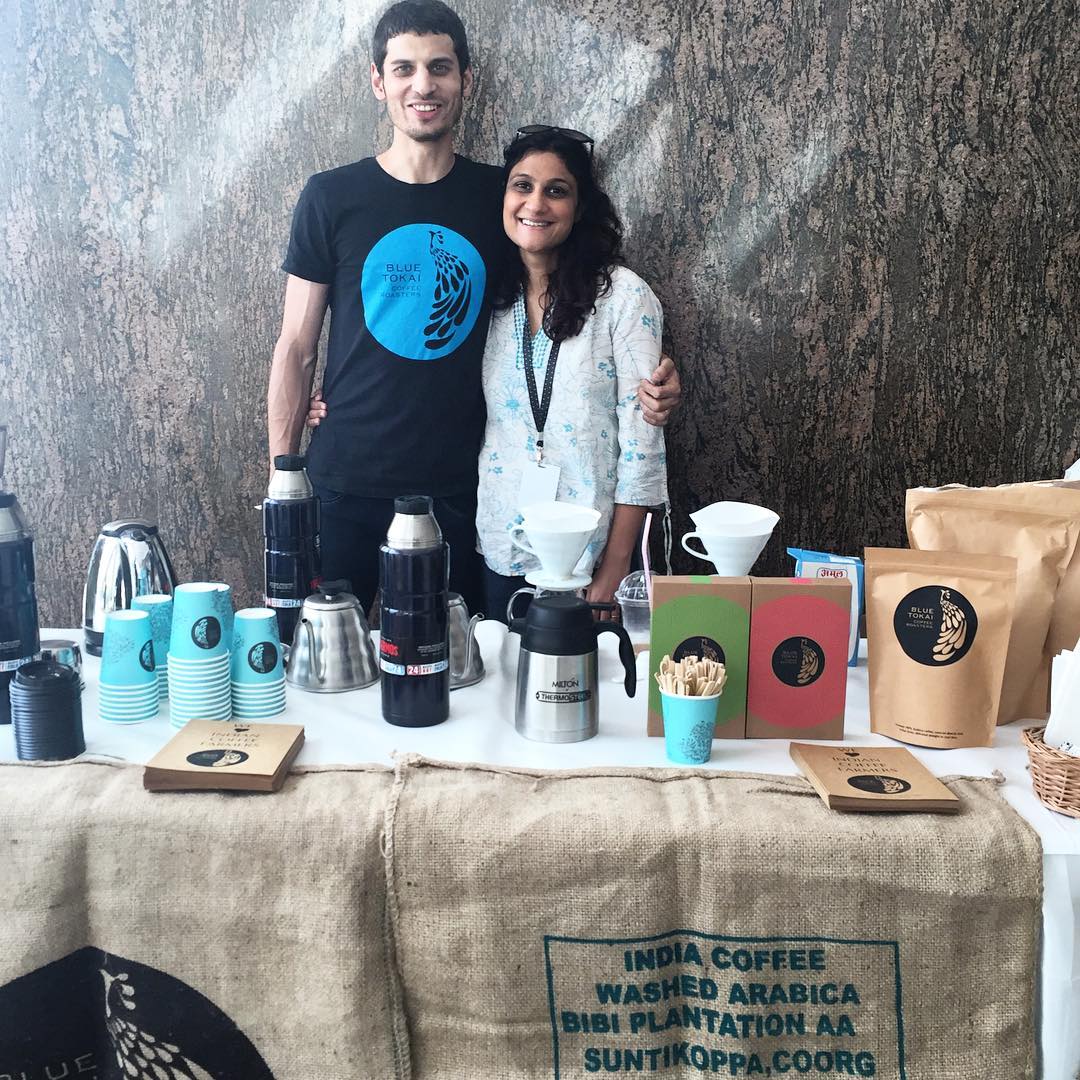Nicolas Grossemy left his home country of France to write his master’s dissertation on Indian startups. Then, in 2014, he created one of his own. In a Matador van.
Now he runs a profitable, bootstrapped, 12-location restaurant business in Bengaluru. Here’s his story 🧵
Now he runs a profitable, bootstrapped, 12-location restaurant business in Bengaluru. Here’s his story 🧵

2/17 Nicolas and his French co-founders initially wanted to open a French bistro but Bengaluru landlords weren’t interested, worrying he would leave India unexpectedly. Undeterred, at age 22 Nicolas decided that if he couldn’t rent a restaurant, he would build one on wheels. 

3/17 Nicolas and his co-founders pooled ₹16 lakh as seed money, bought a Matador F307 van, and took it to a garage to modify it into a food truck. Progress was slow and after realising the garage didn’t have the requisite expertise, Nicolas paid ₹50,000 and withdrew the van. 

4/17 The next garage Nicolas took the van to was in HSR, and they did a much better job. By 2015 he and his co-founders hit the road, naming their food truck business Le Casse Croûte, i.e. The Sandwich. However, Nicolas overlooked one detail when naming his startup… 

5/17 Nobody could pronounce it! The food truck became colloquially known as La Casa around Bengaluru, much to Nicolas’ disillusionment. In spite of this though, patrons loved the sandwiches Le Casse Croûte was serving, and they loved the price even more: ₹150 per sandwich! 
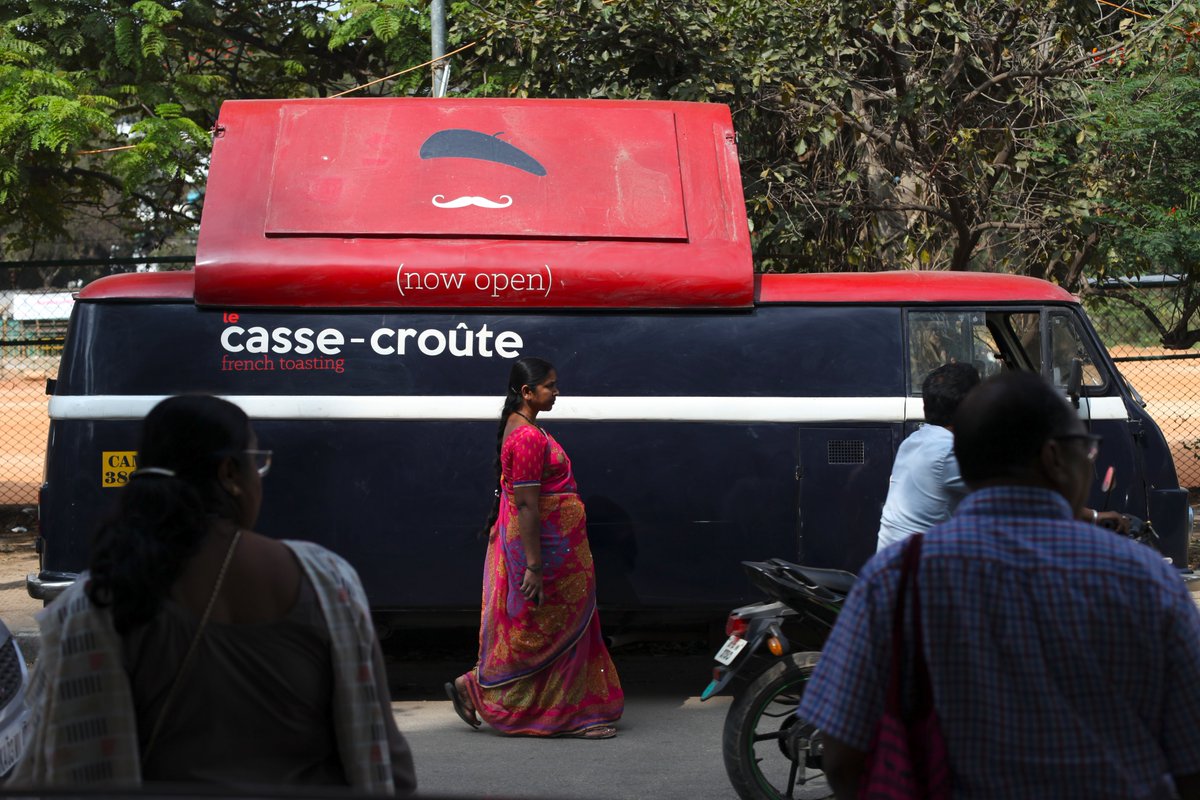
6/17 Unfortunately, good food and noble intentions weren’t enough to win over Bengaluru Traffic Police, who frequently stopped Nicolas and his kitchen on wheels. Nicolas tried to get a commercial licence from the RTO, but they rejected his application because he was a foreigner. 

7/17 Despite having every obtainable licence, e.g. FSSAI, Hawkers' licences, etc. Nicolas hired a goonda to protect his business after getting fined by the authorities multiple times. He moved his food truck to a quiet lane in Indiranagar and rented out a kitchen across the road. 
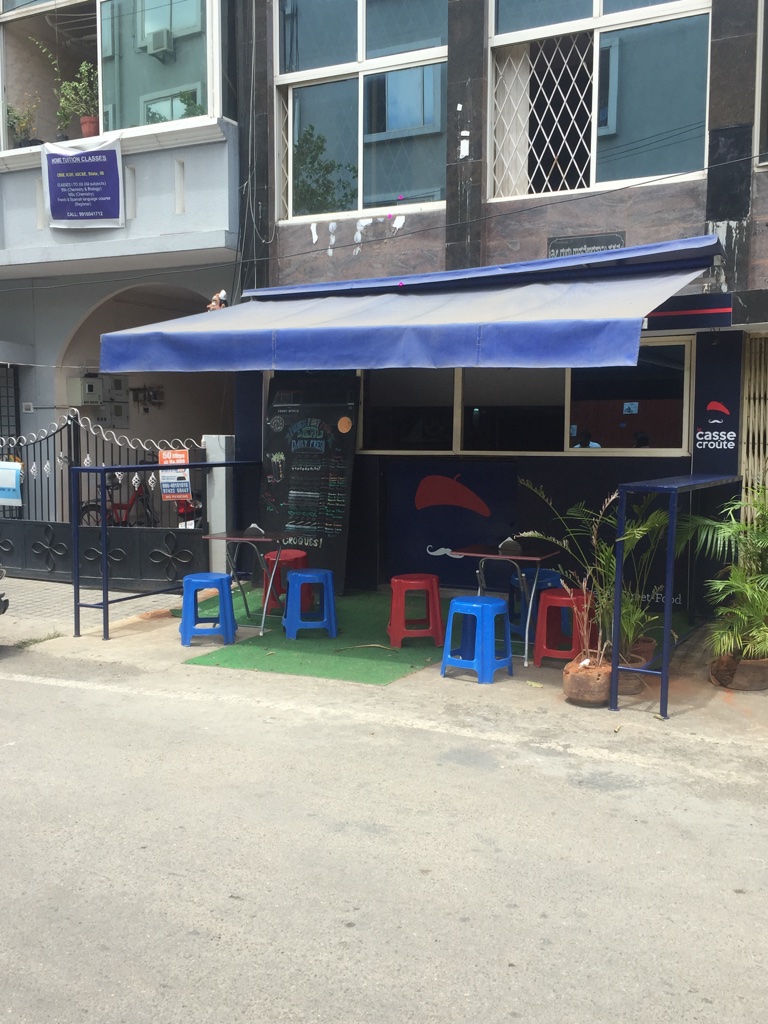
8/17 In early 2019, a group of individuals approached Nicolas and offered to invest in his business. They owned land in a very popular part of the city, and already had a kitchen which they allowed him to turn into a Le Casse Croûte dine-in restaurant. 
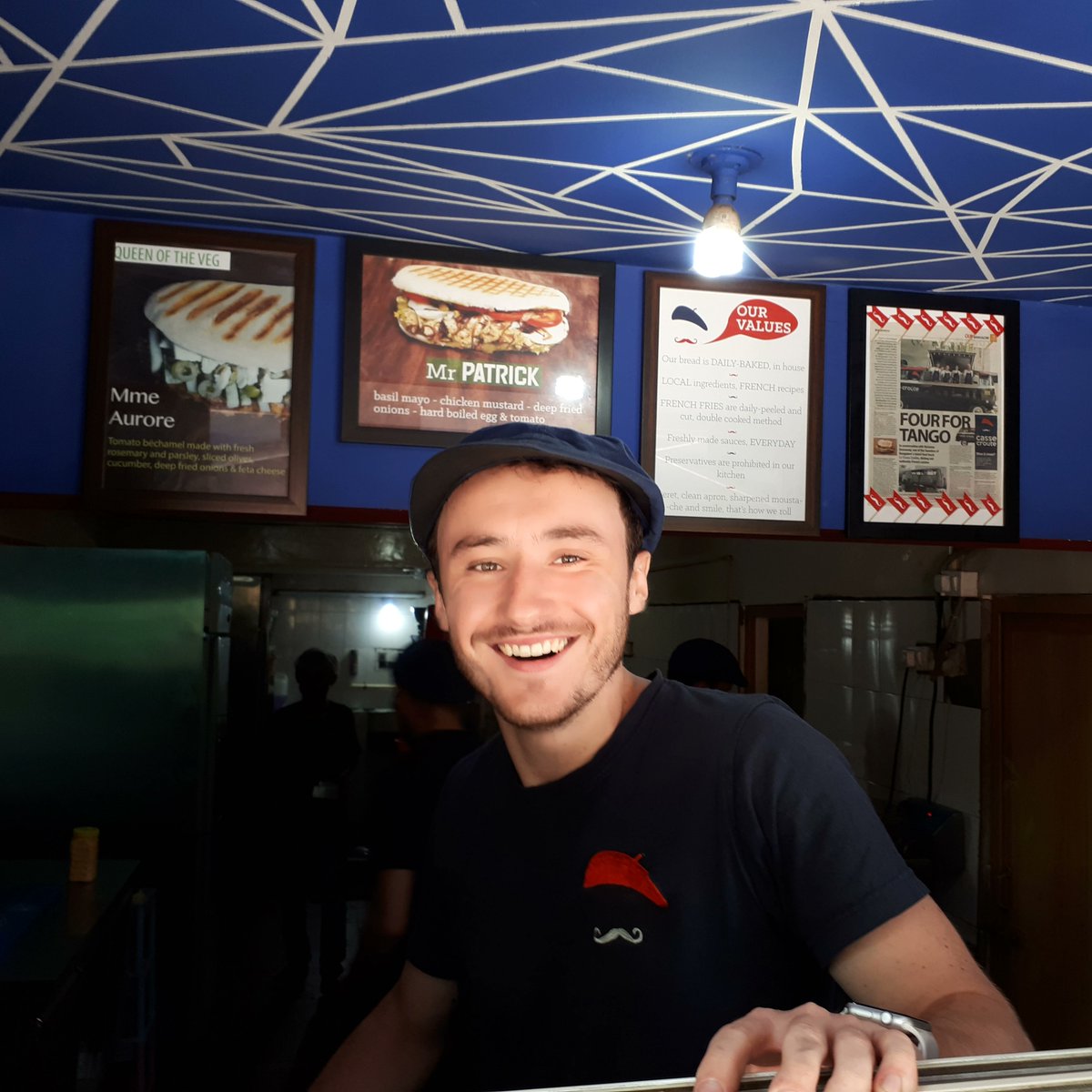
9/17 However, due to the outlet’s unstable connection to the grid, a power surge destroyed most of Nicolas’ equipment. Repairing it all was going to cost him ₹1.5 lakh and he hadn’t yet received any funds from these prospective investors, despite asking multiple times. 

10/17 One night they asked him to leave the building early, as they had someone important who wanted to see the outlet. Nicolas stayed though, and discovered that this VIP was actually a politician from whom the investors were trying to raise money to invest in Le Casse Croûte. 
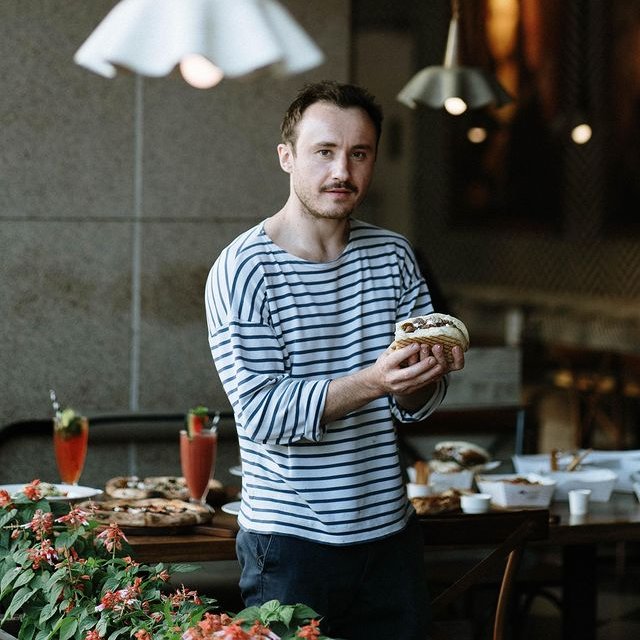
11/17 Nicolas was in a tough spot: on the one hand, he desperately needed cash. On the other, he didn’t want to end up in a politician’s pocket. He ended up calling his dad and asking for money so that he could fix his equipment and move back into his old location in Indiranagar. 
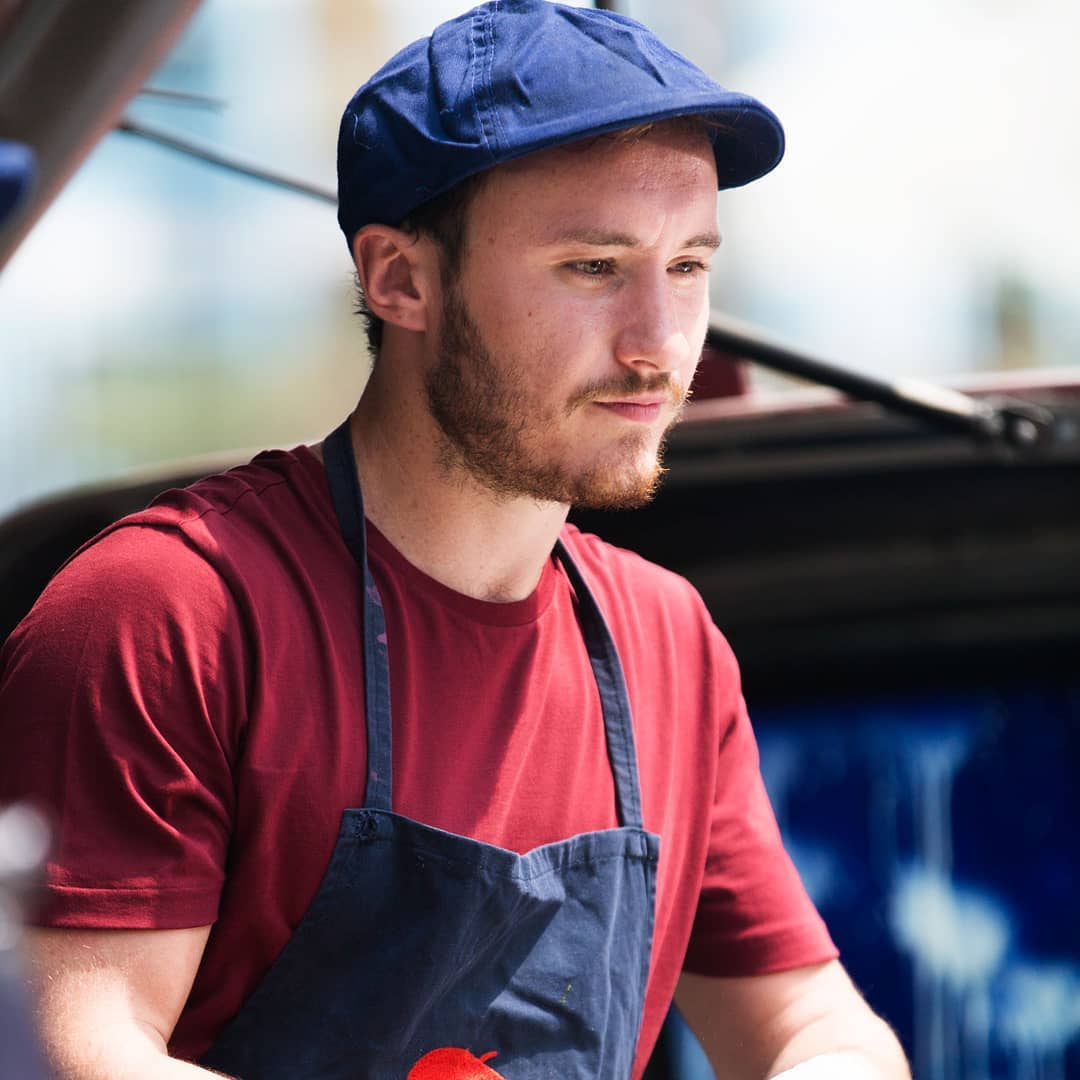
12/17 At its peak, the food truck was generating between ₹10 and ₹15 lakh in revenue, and about ₹1 lakh in monthly profit. It was a fun lifestyle business, but Nicolas knew that he couldn’t scale it. He would need a new strategy to take his startup to the next level. 

13/17 Soon after returning to Indirangar, Nicolas met the founders of The Pizza Bakery. Nikhil and Abhijit Gupta visited Nicolas’ hole in the wall, tried his sandwiches, and offered to partner with him to turn Le Casse Croûte into a brick-and-mortar chain. 

14/17 With new partners and a new lease on life, Le Casse Croûte was rebranded to Paris Panini, and the focus of the menu changed too, from street food to gourmet food. They set up their flagship location on 12th Main, very close to The Rameshwaram Cafe. 
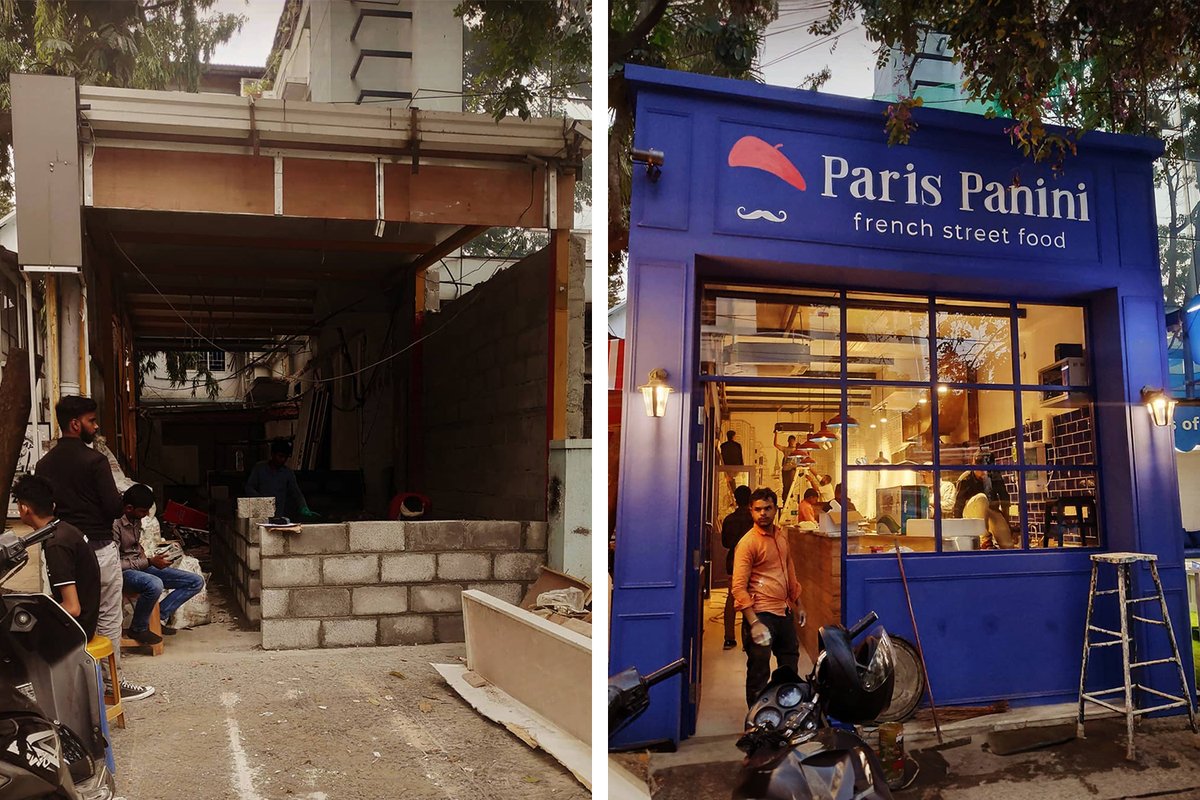
15/17 In 2020 Paris Panini went omnichannel, setting up their second location as a cloud kitchen on BEL Road. This paved the way for a new strategy: probing a market with a cloud kitchen, and then establishing dine-in if the response was strong. 
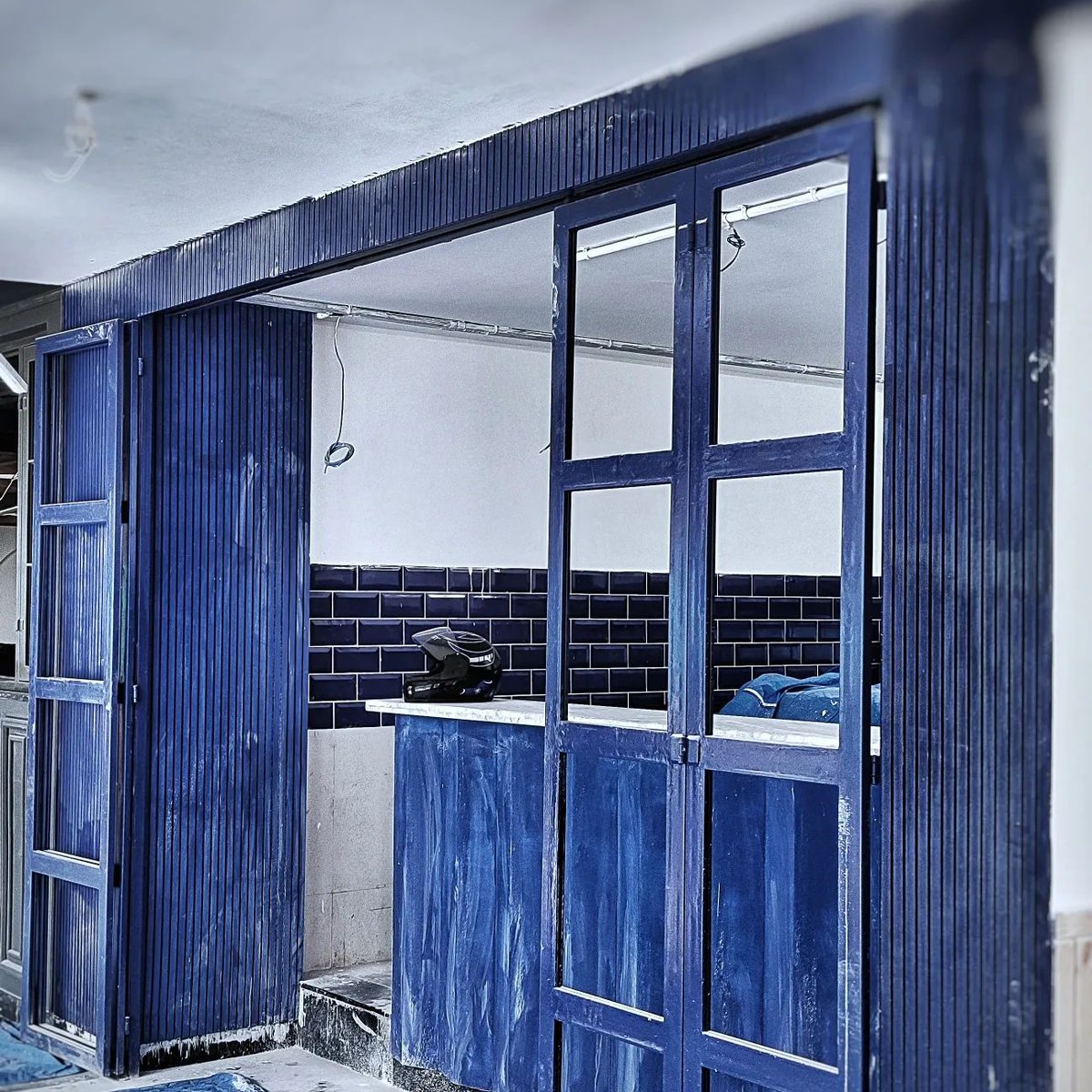
16/17 Today Paris Panini has 12 locations in Bengaluru. Nicolas spends his days on a circuit around the city, visiting each outlet to take notes on performance and customer feedback. His business is bootstrapped, profitable, and growing sustainably, one panini at a time. 
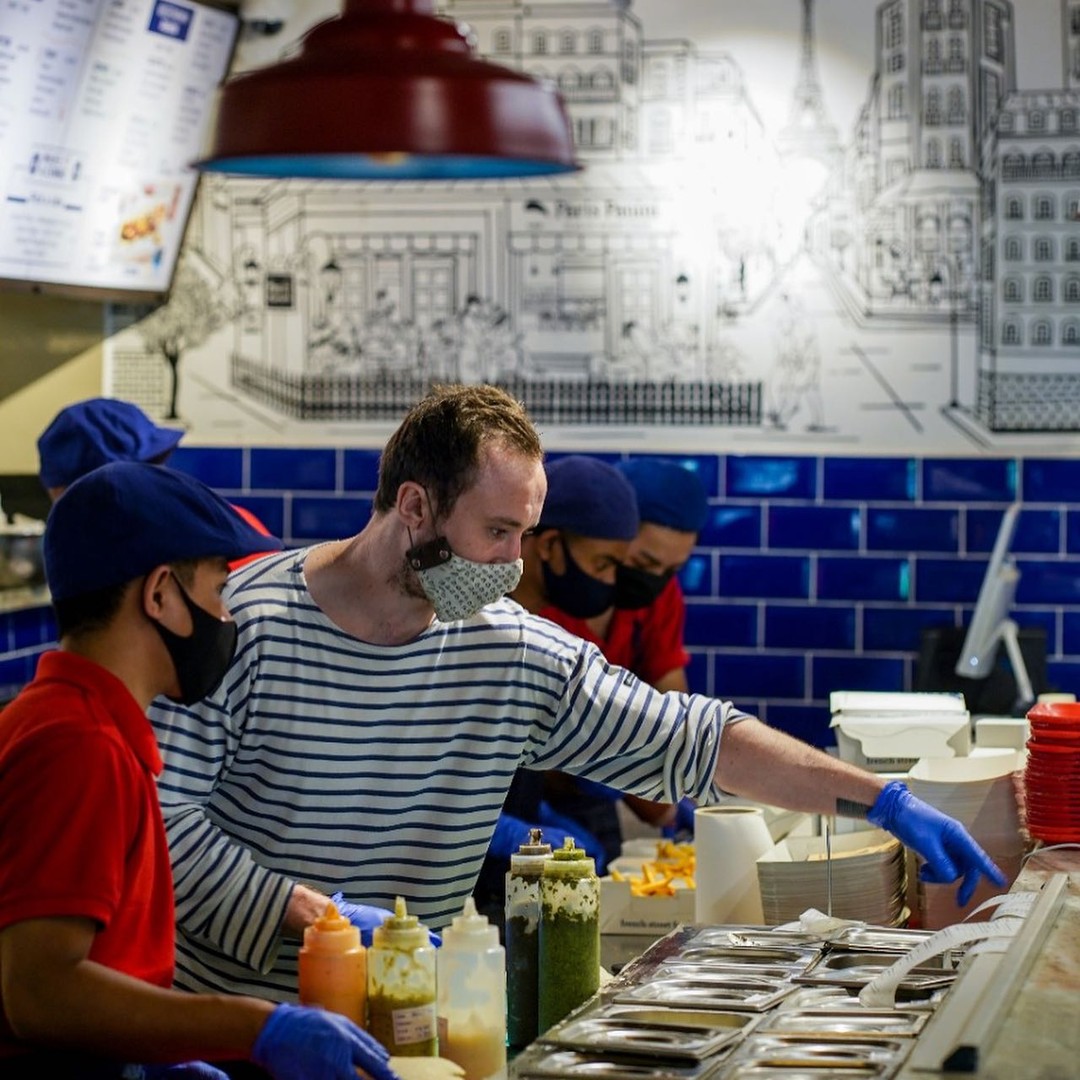
17/17 If you enjoyed this thread, you’ll love listening to my conversation with Nicolas. You can find a link to the entire podcast in my bio. 

• • •
Missing some Tweet in this thread? You can try to
force a refresh

 Read on Twitter
Read on Twitter

